Have you ever wondered why you should favor lossless formats like RAW, TIFF, and PSD? Why not save space on your hard drive and use a JPEG? This decision is pivotal during intermediate work when you open, adjust, and save the file repeatedly.
In a nutshell, each time a JPEG is saved, it loses some data. It’s called generation loss. I know what you’re thinking–Every image is made of millions of colors, megas of pixels, and a whole lot of zeros and ones. What’s the matter with losing a little data here and there?
Take a look below to see what happens if you throw caution to the wind and work with JPEG files. These images are from an experiment performed by a Wikipedia user named Burny. He used a script to open, rotate, and save a JPEG file–intermediate work best suited for lossless formats.
Remember these shots next time you’re tempted to speed up your Time Machine backup.
Try Exposure Today






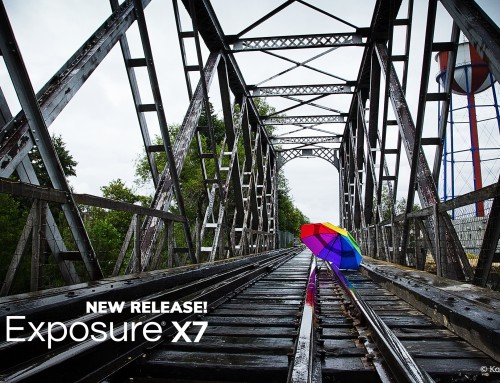

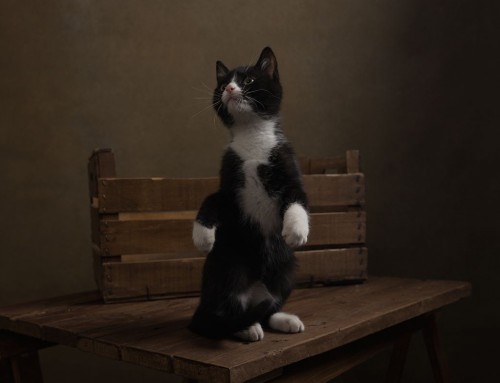
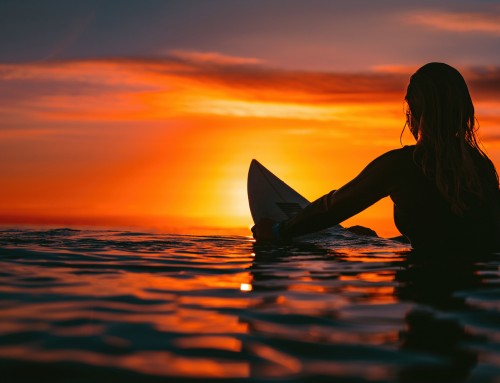
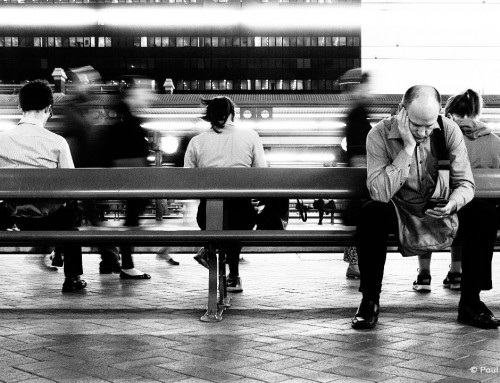
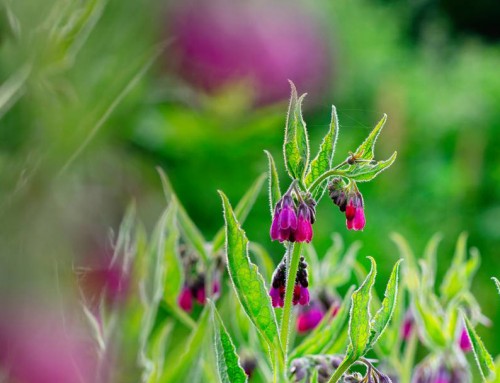
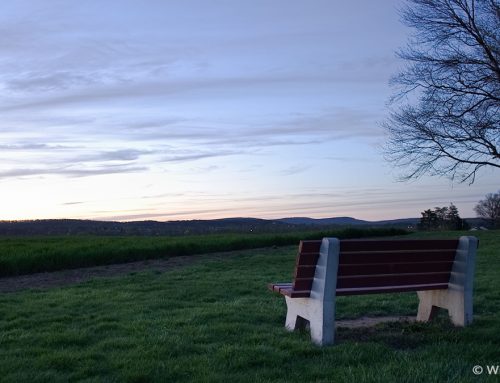
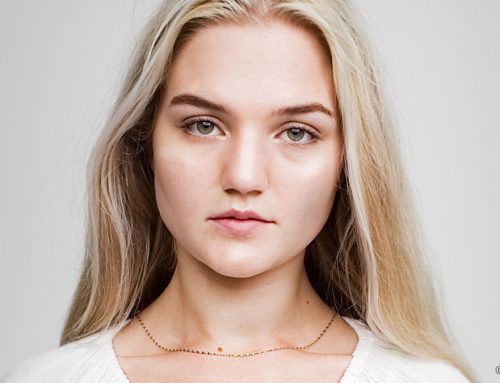
Who goes in and adjusts a file even 200 times? That’s crazy!
Show us before and after on files adjusted 10 to 20 times. If i use Jpegs I do everything i want to it at one time. I switch only mainly between Corel aftershot pro or Corel 12 with Exposure 4.
Hi Jack,
I agree that it sounds crazy to resave an image hundreds of times, but it does happen. When I worked as an architect, I saw it happen to many common image files. Images like company logos would go through a lot of adjustments. Files routinely underwent hundreds of adjustments through the lifetime of the project. Sometimes the logos would be unreadable by the time the project was complete.
Ah not quite the problem you think it is. If you have a picture up in Photoshop or something then save THAT as a JPEG. Open that file again and save as a JPEG and so on with the quality set as Low you will get the effects you show. (Setting on high quality would cause the same sort of problems but would take more cycles.) Just saving the file as a file (like TimeMachine or just a disk copy does) would have no effect as that does a bit-by-bit copy. It’s the saving though the JPEG process that compresses the image and as you show causes a quality loss.
Hi Jim,
Generation loss is generation loss. It’s going to happen regardless of the compression settings you use. Higher quality values can make things worse. Here is an example video from Reddit member Grundle, they used a high quality compression value of 10 out of 12.
But it would make sense to work on image in lossless tiff, but the save the final result as jpeg to save space. Currently in Lightroom you can only choose to send jpeg to AlienSkin and that is not what we want. We want to be able to start with tiff, and then save final result as jpeg, deleting the bloated tiff created by Lightroom.
Hi Shura,
Exactly! Working with a lossless format is just what the article is about. The more information the image has, the better. When exporting from Lightroom–it’s best to render to a Tiff format before applying effects with Exposure, Snap Art, or any of our products. This ensures that our software will produce high quality results without the artifacting caused by the image format.